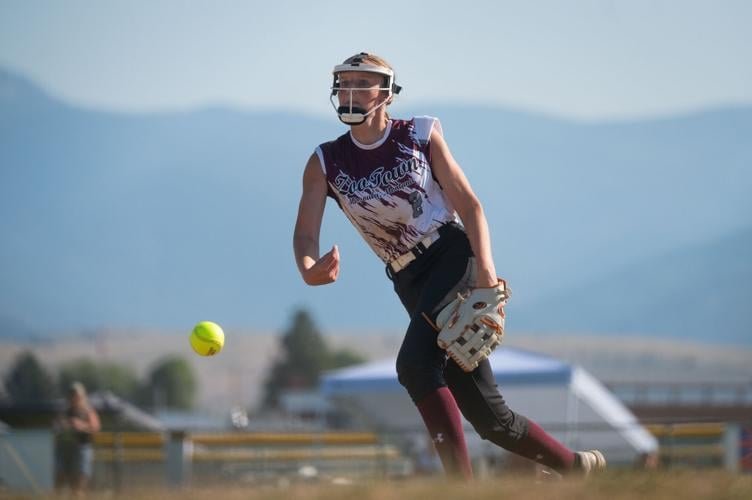
See it. Process it.
Training the brain to better track the ball
What our training will be doing:
-

Dynamic Acuity
The ability to see fine parts of something that is moving fast - can be great when you start with great static acuity (the ability to see the eye chart). However, even though your acuity is super, your visual skills may need work.
-

Convergence
How rapidly and accurately the two eyes see the ball TOGETHER in order to follow it as it moves toward you, as when trying to catch something coming right at you.
-

Rapid Re-focusing
How rapidly and accurately can the lenses inside your eyes change the focus on your retinas to match the changing distance of the ball. This can be seen when going from looking right infront of you to far away, improving the brains ability to adjust quickly. The eyes do this together as well, and to the extent that re-focus is slow you are looking at a fuzzy image when trying to follow.
-

Tracking
Quite literally the ability to keep the eyes on the ball. While this sounds just like convergence it is not, because tracking can occur along a single line - say a ball is hit to your right, you are trying to see that path the entire way. One eye may be better at tracking than the other, and if so this can be distracting to the brain.
What our training will be doing:
The ability to see fine parts of something that is moving fast - can be great when you start with great static acuity (the ability to see the eye chart). However, even though your acuity is super, your visual skills may need work.
Dynamic Acuity
Convergence
How rapidly and accurately the two eyes see the ball TOGETHER in order to follow it as it moves toward you, as when trying to catch something coming right at you.
How rapidly and accurately can the lenses inside your eyes change the focus on your retinas to match the changing distance of the ball. This can be seen when going from looking right infront of you to far away, improving the brains ability to adjust quickly. The eyes do this together as well, and to the extent that re-focus is slow you are looking at a fuzzy image when trying to follow.
Rapid Re-focusing
Tracking
Quite literally the ability to keep the eyes on the ball. While this sounds just like convergence it is not, because tracking can occur along a single line - say a ball is hit to your right, you are trying to see that path the entire way. One eye may be better at tracking than the other, and if so this can be distracting to the brain.
Benefits of Vision Training?
Tuning up your visual skills is like aligning the wheels on your car. When the wheels are not well aligned gas mileage is not so good and steering control is a little iffy. After a good alignment though, you are comfortable and performance is high. So think of improving your visual skills as a way to align your eyes...you will notice a difference in efficiency and ease of playing that you never thought possible.
Poor visual skills reduce accuracy
Accuracy in hitting, accuracy in judging where the ball is while fielding, even accuracy in judging movements made by other players.
Result: missing a pitch, possible strikeout, or an error in the field
Poor visual skills distract your brain
If the brain (which is actually where vision occurs, not the eyes) has to interpret the images from two eyes and the images are different (because the two eyes are not quite both converging on the ball, say), then neural brain analysis time is wasted. It may be a small amount of time, but as you know that can be critical.
Result: A sack



